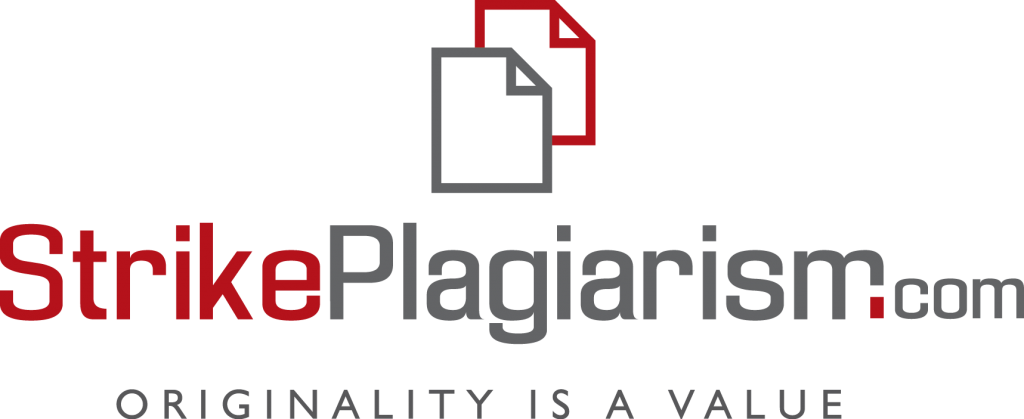Risk-oriented approach in assessing the competitiveness of livestock products
DOI:
https://doi.org/10.26906/EiR.2023.1(88).2867Keywords:
competitiveness of products, livestock, risks, competitiveness assessment, risk-oriented approach, ризик-орієнтований підхідAbstract
Competitiveness of livestock production is an important element of representation of domestic entities on the world market and occupation of a separate share. Competitiveness is a persuasive force, which has a set of project information. Competitiveness assessment is one of the tools for the formation of an adequate information base for making management decisions to improve the efficiency of livestock enterprises. Given the current conditions in the context of war, it is also important to take into account the risks of activity. The aim of the study was to study existing approaches and scientific substantiation of the possibility of applying a risk-oriented approach in assessing the competitiveness of livestock enterprises. The scientific novelty of the study is in the further development of methodological support for assessing the competitiveness of livestock products by taking into account the methodology for assessing vulnerabilities and uncertainties of activities. Two main parameters determine the basis of product competitiveness, these are consumer parameters and price. Among the products of the same purpose more competitive in the market is the one that due to its properties brings the greatest effect in relation to the price of consumption. Thus, the non-commodity factors of competitiveness (advertising activity, prestige of the company) are used to form such an indicator of product competitiveness as "brand awareness". This indicator at the same consumer parameters and price plays an important role in establishing the level of competitiveness of products. Thus, to manage the competitiveness of livestock products means to ensure the optimal ratio of the following parameters: improving the quality of products, reducing the cost of its reduction, increasing the popularity of the brand. The problem of increasing the competitiveness of the organization's business is methodologically closely related to its assessment, as it is a guideline in decision-making to strengthen the market position of the business entity and, at the same time, indicates the effectiveness of the activities carried out.
References
Azmi, A.N.; Kamin, Y.; Noordin, M.K.; Nasir, A.N. (2018) Towards industrial revolution 4.0: ‘employers’ expectations on fresh engineering graduates. Int. J. Eng. Technol. № 7, р. 267–272. DOI: https://doi.org/10.14419/ijet.v7i4.28.22593
Beier, G.; Ullrich, A.; Niehoff, S.; Reißig, M.; Habich, M. (2020). Industry 4.0: How it is defined from a sociotechnical perspective and how much sustainability it includes – A literature review. J. Clean. Prod. 259 р. DOI: https://doi.org/10.1016/j.jclepro.2020.120856
Birkel, H.; Veile, J.W.; Müller, J.M.; Hartmann, E.; Voigt, K.-I. (2019). Development of a Risk Framework for Industry 4.0 in the Context of Sustainability for Established Manufacturers. Sustainability, № 11, 384 р. DOI: https://doi.org/10.3390/su11020384
Dobrowolska, M.; Knop, L. (2020)/ Fit to Work in the Business Models of the Industry 4.0 Age. Sustainability. № 12. DOI: https://doi.org/10.3390/su12124854
Hu, B.; Zhang, T.; Yan, S. (2020). How Corporate Social Responsibility Influences Business Model Innovation: The Mediating Role of Organizational Legitimacy. Sustainability, № 12, р. 2667. DOI: https://doi.org/10.3390/su12072667
Lele, A. (2019). Industry 4.0. In Disruptive Technologies for the Militaries and Security; Springer : Singapore; pp. 205–215. DOI: https://doi.org/10.1007/978-981-13-3384-2_13
Lu, Y. (2017). Industry 4.0: A survey on technologies, applications and open research issues. J. Ind. Inf. Integr. № 6, р. 1–10. DOI: https://doi.org/10.1016/j.jii.2017.04.005
Moradi, E.; Jafari, S.M.; Doorbash, Z.M.; Mirzaei, A. (2021). Impact of organizational inertia on business model innovation, open innovation and corporate performance. Asia Pac. Manag. Rev. № 26, р. 171–179. DOI: https://doi.org/10.1016/j.apmrv.2021.01.003
Olsen, T.L.; Tomlin, B. (2020). Industry 4.0: Opportunities and challenges for operations management. Manuf. Serv. Oper. Manag. № 22, DOI: https://doi.org/10.1287/msom.2019.0796
р. 113–122.
Śledziewska, K.; Włoch, R. (2020). Jakich kompetencji wymaga rewolucja przemysłowa 4.0? Pomor. Prz. Gospod. № 2, р. 1–4.
Xu, L.D.; Xu, E.L.; Li, L. (2018). Industry 4.0: State of the art and future trends. Int. J. Prod. Res. № 56, р. 2941–2962. DOI: https://doi.org/10.1080/00207543.2018.1444806
Yun, J.J.; Zhao, X. (2020). Business Model Innovation through a Rectangular Compass: From the Perspective of Open Innovation with Mechanism Design. J. Open Innov. Technol. Mark. Complex. № 6, р. 131. DOI: https://doi.org/10.3390/joitmc6040131










